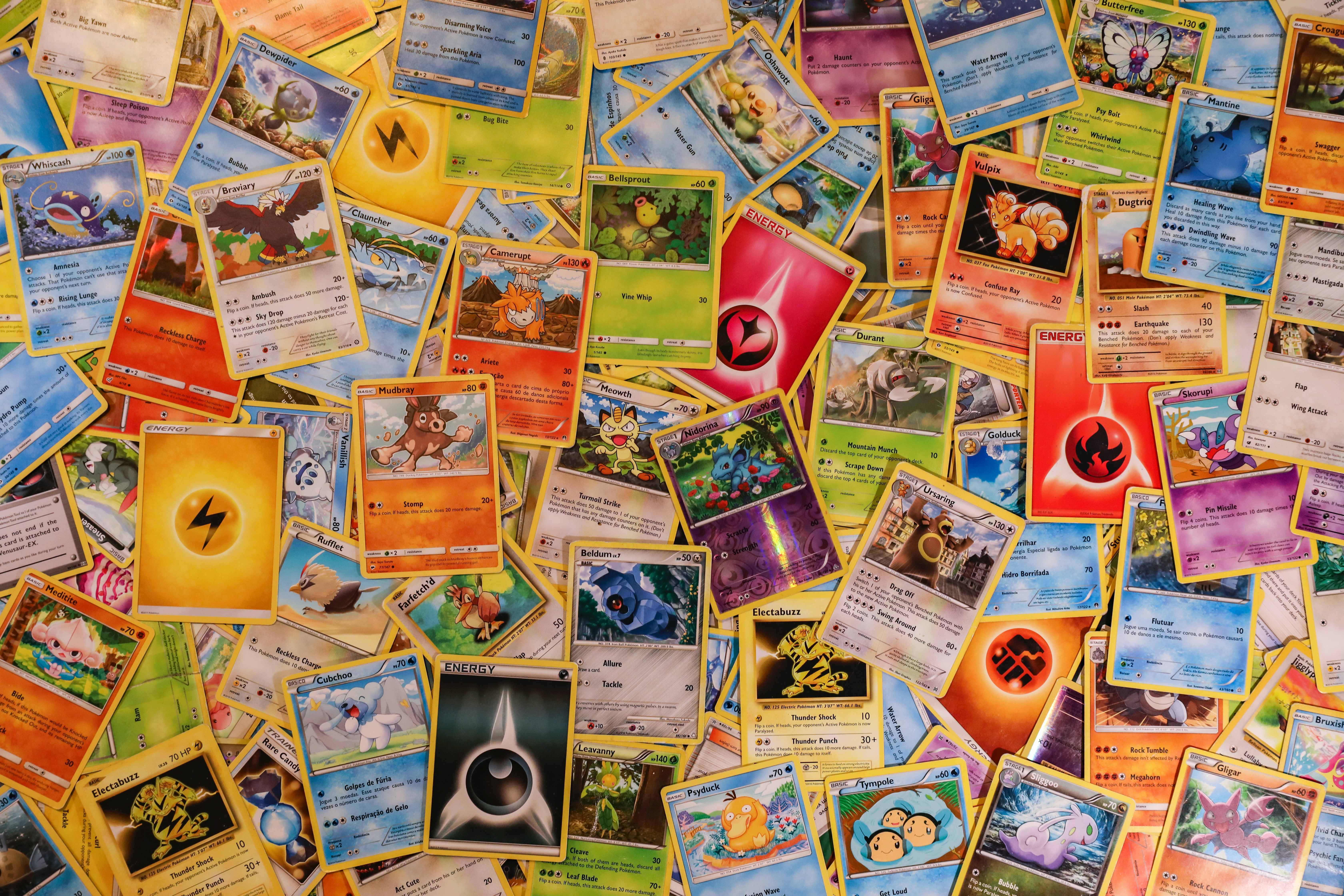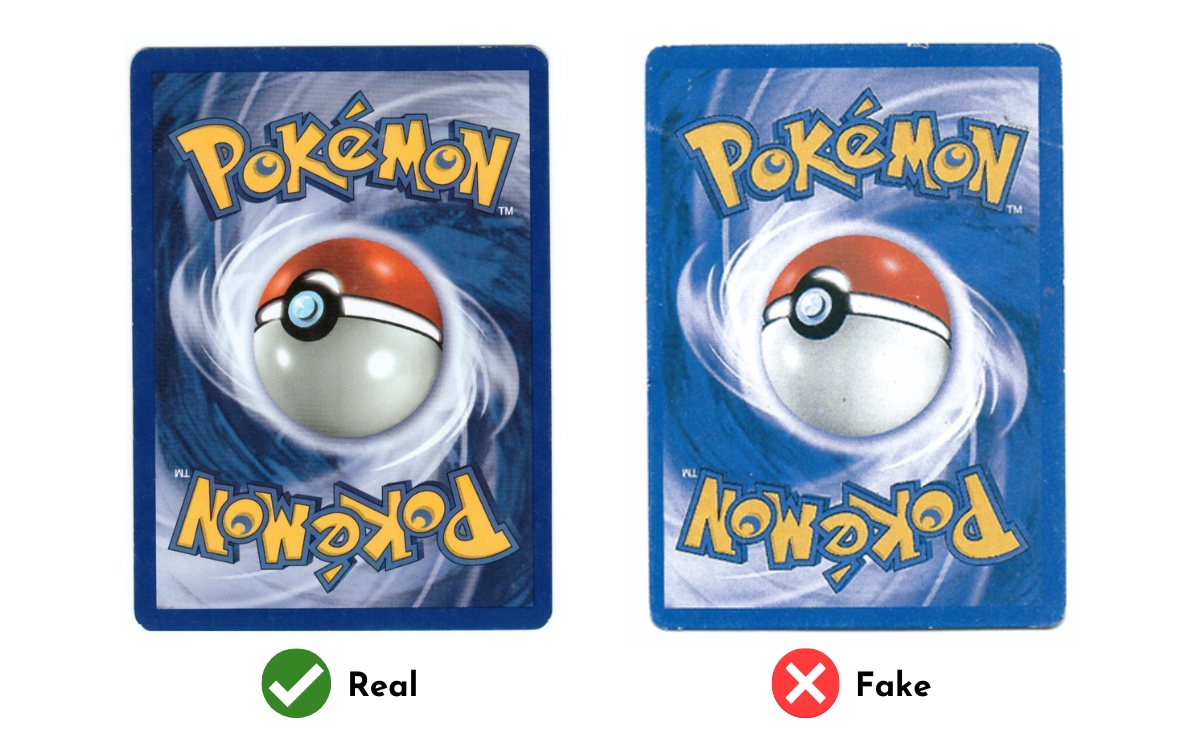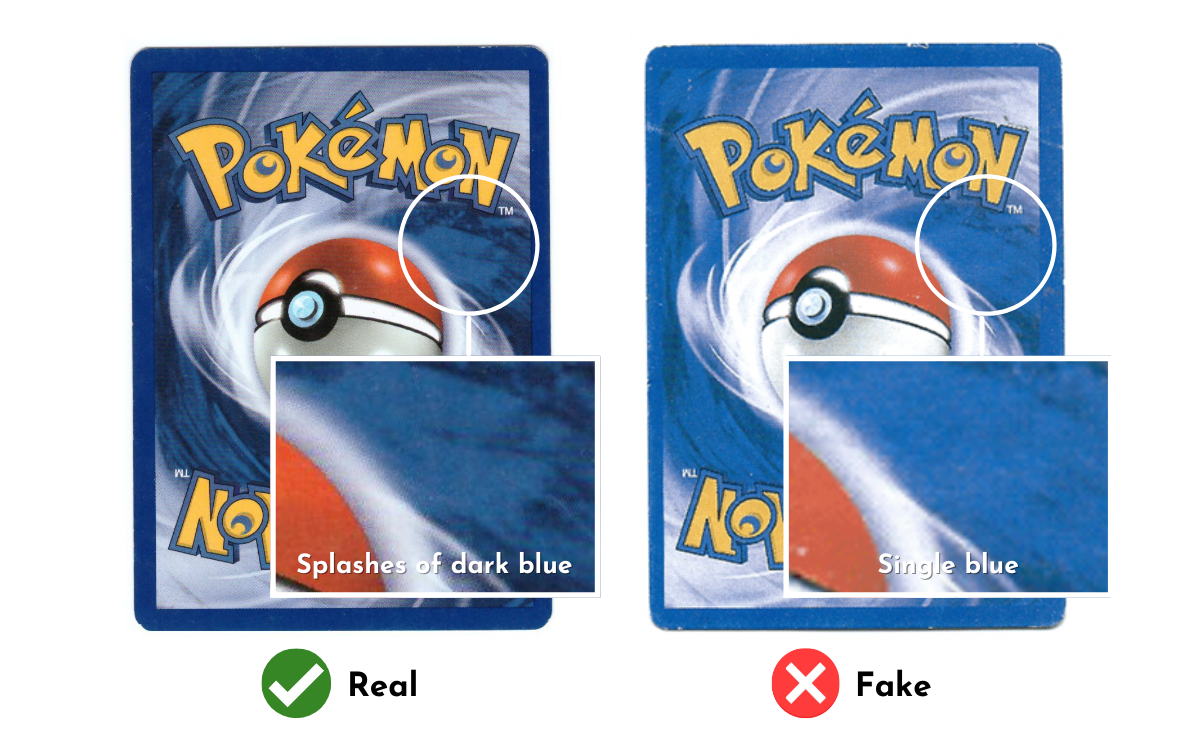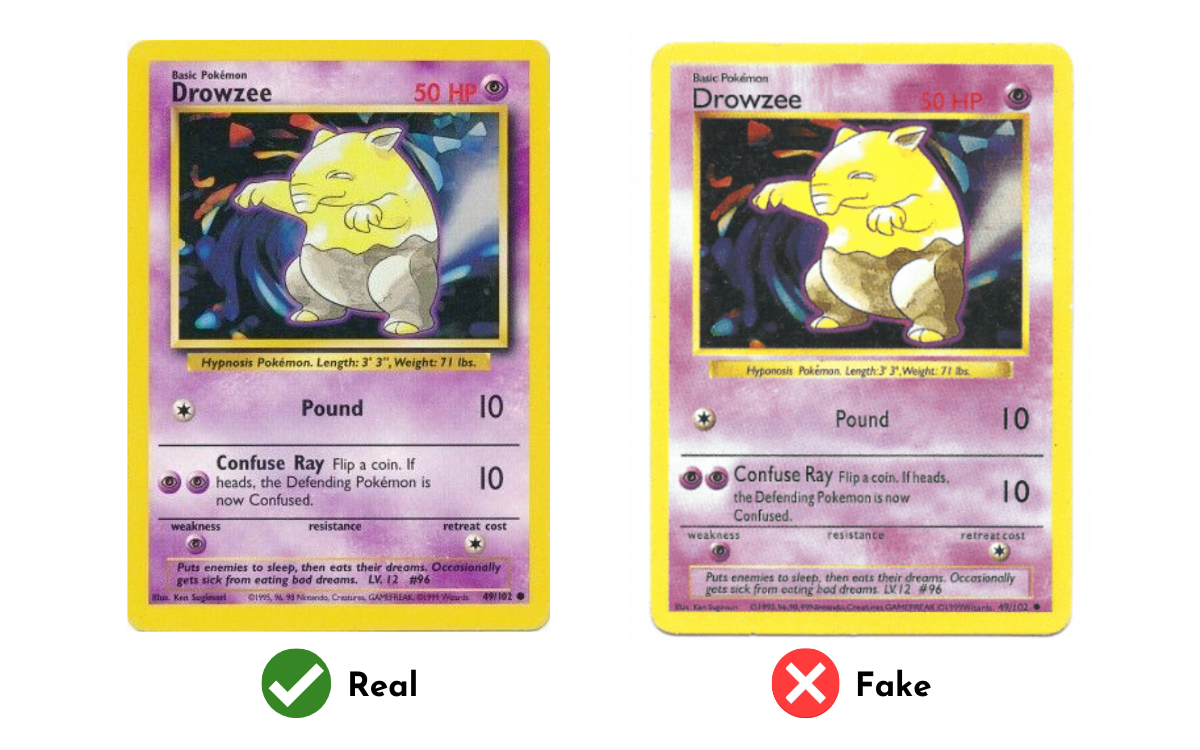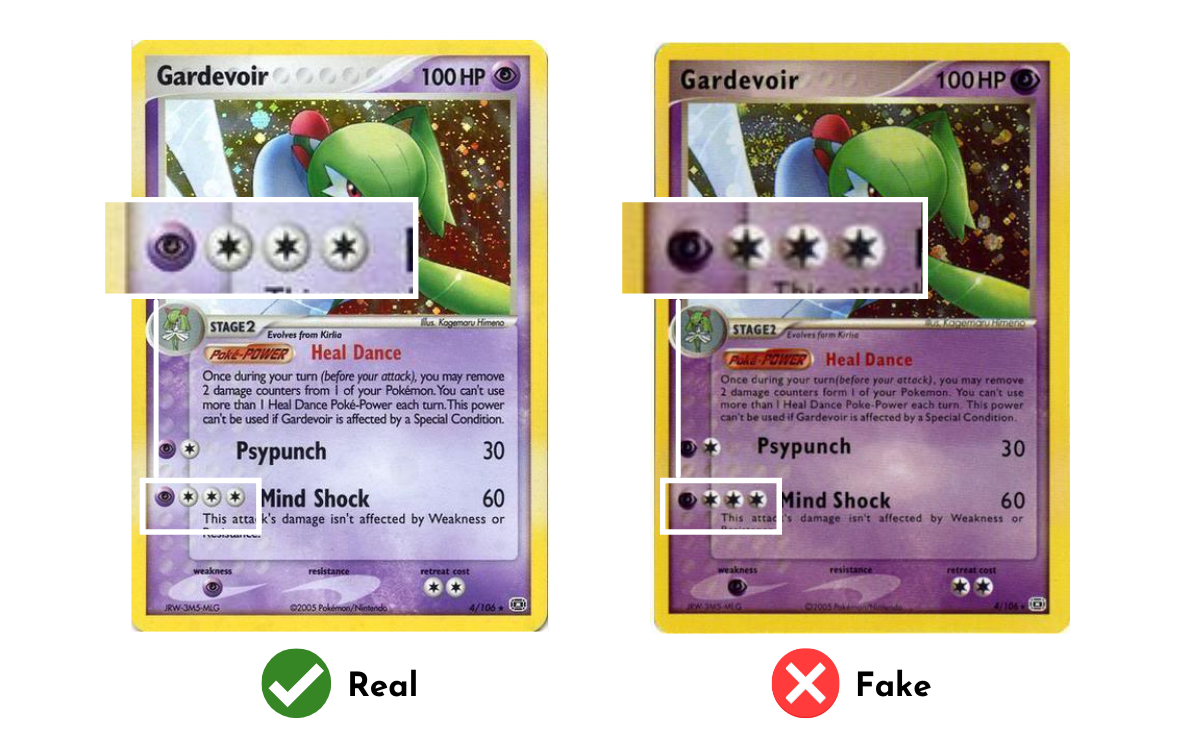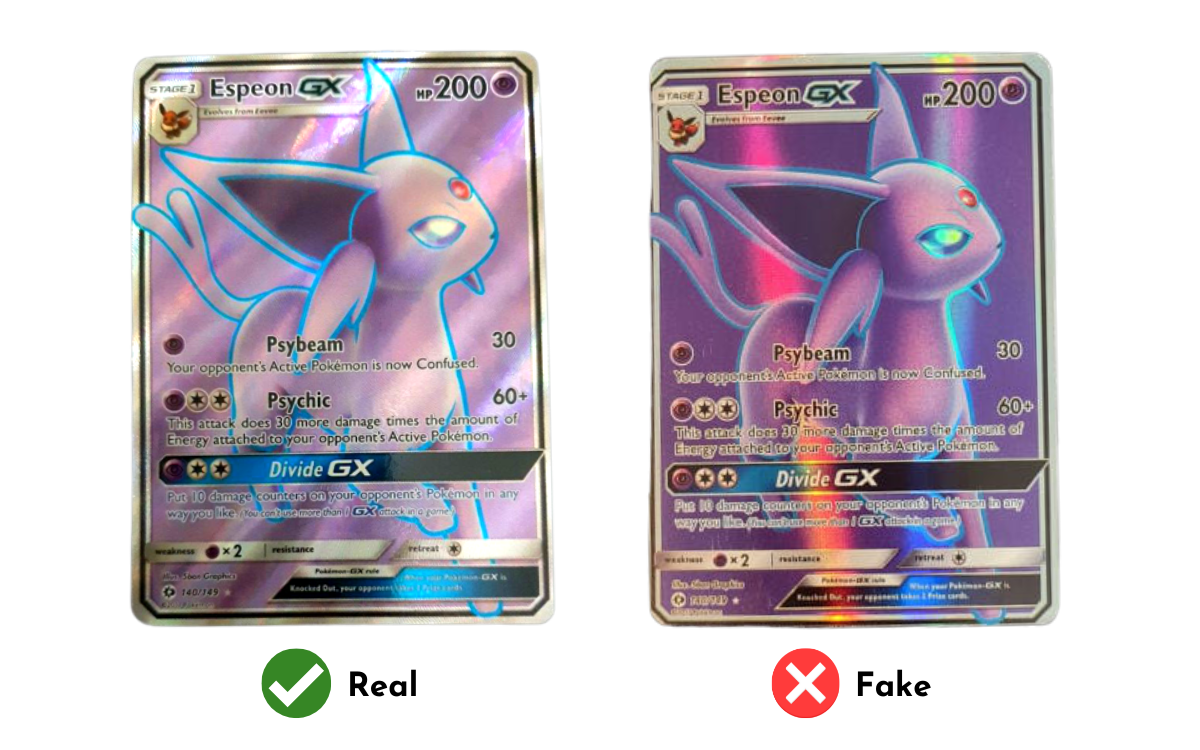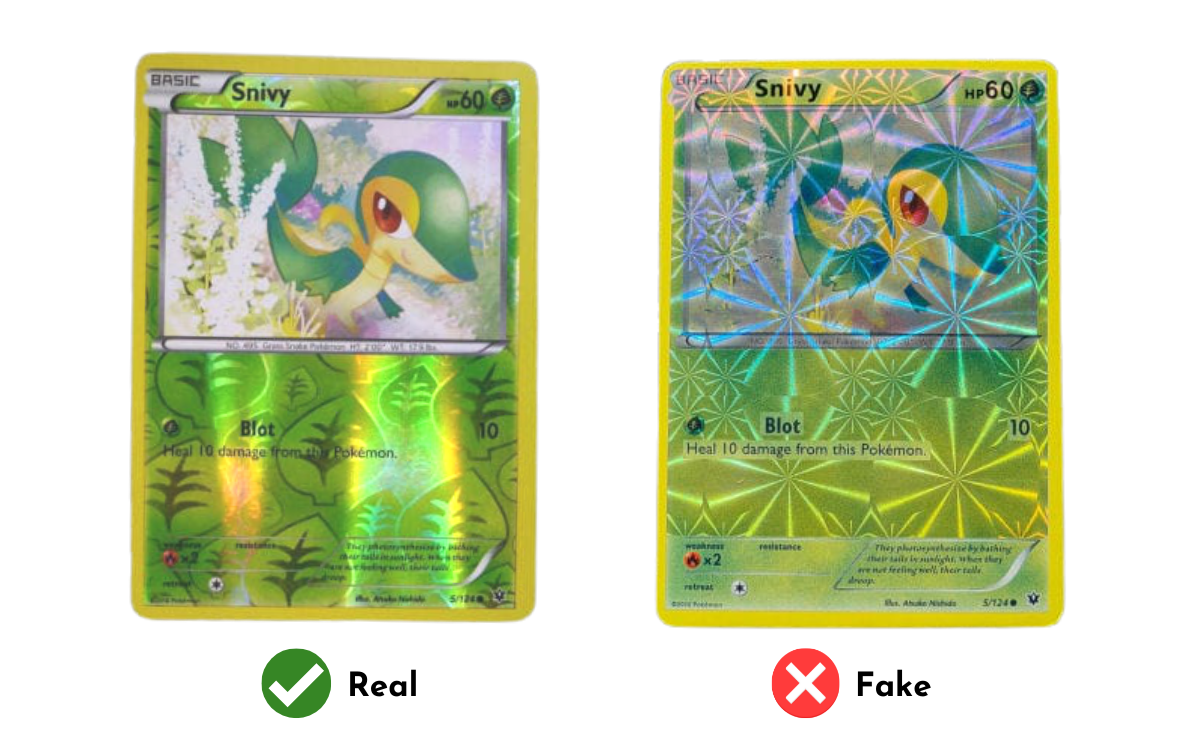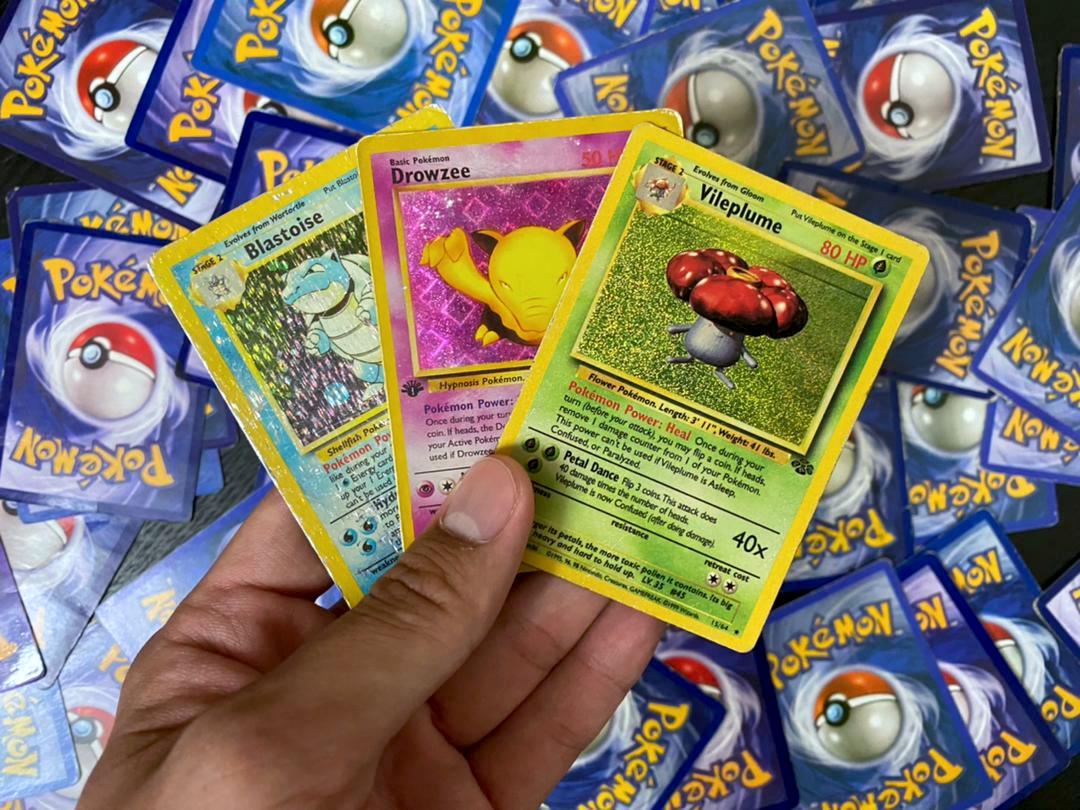6 Easy Ways To Tell Whether Your Pokémon Cards Are Real Or Fake
You don't need to rip your card to check if it's a fake. :')
With Pokémon cards rising in popularity again, many people are getting into the hobby or looking for a chance to cash out
For those new to the hobby, it might be a little overwhelming having to learn or re-learn everything about Pokémon cards. The last thing you want to do is spend a few hundred ringgit getting a nostalgic card you used to have, only to realise it's a fake.
On the other hand, you may have a stash of old Pokémon cards that you think might be worth some value, but you're not sure whether they're legit.
Whether you want to buy, sell, or collect, here are a few easy tips to help you check if your Pokémon cards are real or fake:
1. Inspect the edges of your Pokémon card — real ones have a thin black line in between both sides
A real Pokémon card is made up of a sandwich of layers, with a semi-transparent black or dark grey layer in the middle. Thankfully, you don't have to rip your card to find out if it's authentic.
Just take your card, face one of the edges towards you, and look closely for a thin black line between the two halves of the card. It's very thin, but should be quite obvious up close. If you see it, your card is legit.
Growing up, I remember this was the method we would use to check for fake Pokémon cards, which would just be plain white on the edges.
2. Look at the back of your card. Fake cards tend to be lighter in colour, often with the same shade of blue throughout.
If you compare these two cards above, the real Pokémon card (on the left) has a deeper, darker shade of blue, compared to the almost washed out colour of the fake one (on the right).
Authentic Pokémon cards also combine different variations of blue, ranging from light blue to dark blue, whereas fake cards only use one tone of blue throughout the back of the card.
Another thing to spot is the patch of blue on the top right of the Poké Ball. Most fake cards have the area filled with a single blue colour, while real cards have darker splashes of blue in the area.
Other red flags to look out for include upside down Poké Balls, disproportionately cut edges, and blurry or smudged prints.
3. Check for font, kerning, spelling, and grammar errors
One of the best ways to tell whether your card is real or fake is to compare it with an online scan.
The most obvious difference is usually in the font and kerning, a.k.a. the space between letters. Seasoned Pokémon players can tell at a glance if the font is off, the spacing is weird, or the words aren't bolded enough. If you're new, however, putting your card side-by-side with an online version is a good start.
Besides that, look out for spelling errors, grammar mistakes, and other discrepancies like set number and illustrator name. Also, if you see ridiculously high HP (hit points/health points) or attack damage values, it's probably fake.
4. Focus on the design and placement of the energy symbols
Another tell-tale sign of a fake Pokémon card is in the energy symbols. If you look closely, the energy symbols in the real Gardevoir card has spacing between the energy and the orb. In the fake version, however, the energy goes right up to the edge of the orbs.
If you have any of your Pokémon cards with you right now, just take a look at the energy symbols and see if they match with the official Pokémon ones above. If it looks slightly different, your cards are probably not the real deal.
5. Learn to differentiate between real and fake holofoil patterns
Cards with holofoil patterns are usually high in demand, which is also why counterfeit manufacturers tend to make them more. However, fake cards often use the wrong type of foiling, making it easy to identify to the trained eye.
For instance, the real Espeon GX card above has a textured foil that runs diagonally. However, the fake version of it has a foil that runs vertically instead. The holofoil colour of the fake one is also much more saturated.
In this other example, the real reverse holo Snivy has a shiny leaf symbol pattern in the background. However, the fake one has a sparkly pattern that is not used in any legitimate Pokémon card set. Furthermore, the holofoil bleeds into the artwork, which is not supposed to be the case for reverse holo cards.
It takes time to learn how to differentiate between real and fake holofoil patterns, but a good way is to look up actual photos of holo foil cards online to make an educated comparison.
6. If your card feels too flimsy, too light, too rough, or too slick, there's a high chance that it's a fake
Most of the time, counterfeit cards have a different feel to them because they are made from cheaper materials.
A genuine Pokémon card will have a thick and high quality finish. On the other hand, fake Pokémon cards usually appear thinner and more flimsy. If you notice, real Pokémon cards are actually quite rigid and not easy to bend, whereas fake ones are easily bendable with little resistance.
In some cases, fake Pokémon cards may also appear too rough, too slick, too shiny, and the list goes on. If something feels off, make sure you compare it with a genuine Pokémon card to get a more accurate gauge.
While some people may advise you to rip your Pokémon card to test if it's real or fake, please do us a favour and just don't :')
The last thing you want to do is rip open a RM500 Pokémon card, only to discover it's genuine. That would be RM500 down the drain.
If you've tried all the steps above and still don't know if your card is real or fake, bring it to a collector or a hobby store to get it checked out.
To prevent yourself from ending up with fake Pokémon cards, make sure you only buy from legit hobby stores or reputable individuals.
Also, if you find a deal online that seems too good to be true, be careful not to get scammed. If you're unsure, opt for a COD deal, so you can inspect the cards before paying.
Here are a few legit hobby stores that carry Pokémon cards:
- Toysbar
- Impulse Gaming
- Cards & Hobbies
While you can also get Pokémon cards on Carousell, Shopee, and Facebook Marketplace or groups, make sure you vet through the seller before deciding to buy.
Pro-tip: Most stores on Lazada sell counterfeit Pokémon cards from overseas.
